Fungus in Chile Highlights the Role of Fungi in the Climate
a rediscovery with scientific implications
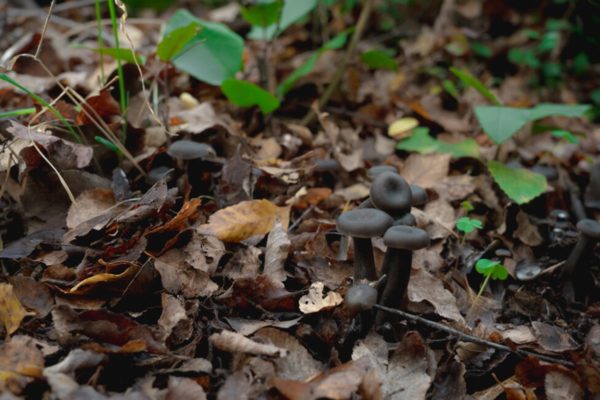
HAVANA TIMES – The rediscovery of the large puma fungus in the Nahuelbuta mountain range in southern Chile has drawn attention to the key role fungi play as carbon reservoirs and their vital role in preventing climate change.
There are many types of fungi on the planet, and although they play a significant role in human life and biodiversity, only about 148,000 species have been cataloged, while it is estimated that there are over two million.
Human history is linked to fungi such as Ganoderma australe and Fomes fomentarius, used by hunter-gatherer peoples who inhabited Europe 5,300 years ago and also by the Chilean Mapuche people.
However, many people are unaware that fungi are important for producing a variety of products such as bread, cheese, chocolate, wine, and beer. All these require yeasts, which are unicellular fungi.
Despite its name, the large puma (Austroomphaliaster nahuelbutensis) is only five centimeters in size. It was first recorded by science in 1982 thanks to Chilean mycologist Norberto Garrido.
An expedition led in May 2023 by Daniela Torres, head of the Chile office of Fundación Fungi, found two specimens in the subsoil of Nahuelbuta National Park, located between the Bío Bío and Araucanía regions, about 600 kilometers south of Santiago.
After careful collection with the participation of the local community, the specimens were sent to Argentine mycologist Francisco Kuhar, who conducted a comparative analysis with the original sample found by Garrido and stored in the herbarium of the German city of Munich, which has a large fungarium.
Thus, the discovery of the large puma, a brownish-grey species that lives underground associated with the roots of oak (Nothofagus obliqua) and raulí (Nothofagus dombeyí) trees, typical of Andean forests, was confirmed.
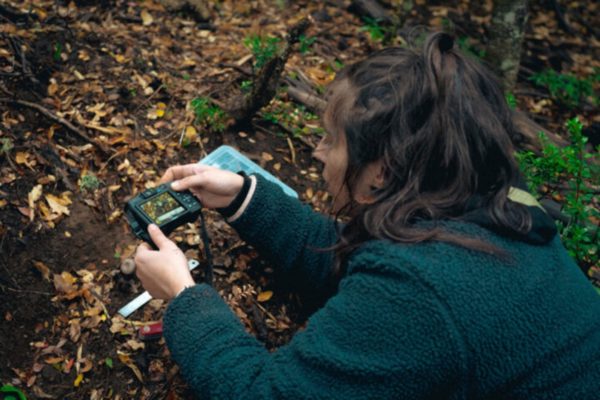
The Key Role of Fungi
Fundación Fungi is an international organization that works to conserve fungi, their habitats, and the people who depend on them. It was created in 2012 in Chile as the first organization dedicated exclusively to the fungal kingdom. Since 2020, it has been headquartered in New York, with projects and programs also in the United States and India.
This independent foundation confirms that trees are the oldest living organisms on earth but emphasizes that “without the underground support of their fungal relatives, they would not be able to store carbon in their trunks and create oxygen.”
Fungi have a mutualistic relationship with trees, from whose roots they receive carbon dioxide (CO2) that helps them grow and develop.
In an interview with IPS from the seaside city of Viña del Mar, mycologist Torres commented that “fungi are a very good source of carbon reservoirs. This network of roots and mycelia (fungal bodies comparable to plant roots) that exists underground helps to conserve carbon and prevent it from entering the atmosphere.”
A biotechnologist by profession, Torres, 35, highlighted the degradative power of some fungi, among many other benefits.
“They decompose organic matter naturally, have some adaptations to consume different types of plastics and waste like diapers and cigarette butts, which are significant pollutants in society,” she asserted.
She also recalled that fungi accompany various stages of human development.
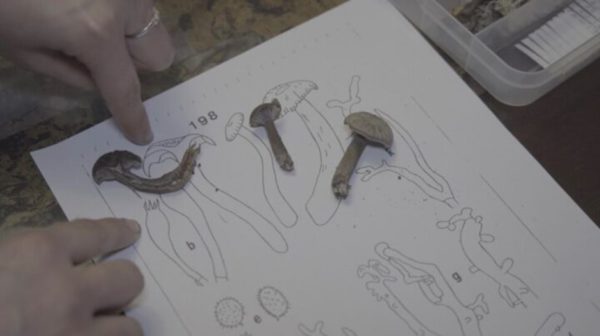
“They are present in pharmaceuticals, in biotechnologies with fermentations, with bioprocesses. All of this adds up and indicates that fungi do have something to say and should be part of conversations on conservation and also in facing the challenges of climate change,” she indicated.
Fungi play a crucial role in maintaining the balance of plants, enriching the soil, and conserving water. They are not only a decisive part of the life cycle but also have the potential to contribute to a more sustainable future.
“Almost 90% of terrestrial plants need different types of fungi to obtain their nutrients, to have greater defense against certain pests, and to expand the area of water absorption,” Torres highlighted.
Plants provide the fungus with certain nutrients and carbon necessary for its growth, and the fungus is capable of synthesizing some nutrients that the plant cannot obtain on its own.
“Additionally, they increase the area of water absorption. If the plant can reach 20 meters, with a fungus it can reach kilometers. The mycelium (thallus) is the true body of the fungus and can cover enormous areas,” she added.
Among the contributions of fungi to climate change is carbon sequestration, as well as being a good source of decontaminants of plastics, polymer waste, and areas affected by oil spills, fires, or even regions where there have been nuclear disasters such as Hiroshima. This is called mycoremediation.
They are also an innovative source of solutions to problems such as pharmaceuticals and even sunscreen, all based on nature. They help recover or form soils in areas impacted by livestock or forestry for the generation of new species, both plants and animals.
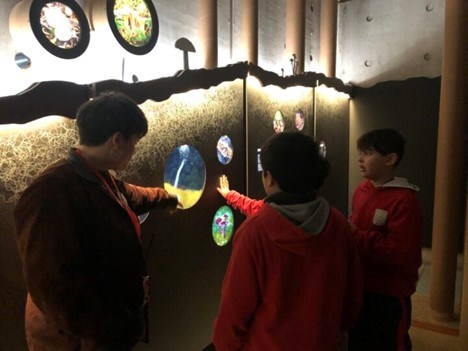
Advanced Chilean Legislation
Chile is the first Latin American country to legally recognize and protect fungi, including them in the 2010 Law 19300 on General Environmental Bases. Argentina, Colombia, and Peru have also taken steps towards similar legislation.
A significant first change in Chile has been the creation of a national fungi catalog. The most recent process carried out in 2019 cataloged 45 species of fungi and lichens, but today it is estimated that the number has already approached 160.
Official red lists have also been established to protect endangered species.
“This helps to prioritize actions not only with ecosystems and species but also with places where conservation is maintained,” highlighted Torres.
The law also mandates that environmental impact studies include fungi, not just flora and fauna, in their impact reports.
“These changes have allowed for the management of a space to develop mycology in Chile, opening new areas of research and unlocking national funding for the development of mycology,” detailed Torres.
However, there remains a threat of mass extinction of fungi due to climate change, deforestation, improper collection, and fires, among other factors.
Therefore, Torres emphasizes the urgency of cataloging existing fungi.
According to the Foundation, “there are many undiscovered fungi and others that are threatened, so mycologists, scientists, and the general public are needed to help classify, record, and evaluate species, which could be key to protecting crucial ecosystems.”
Therefore, the NGO launched a campaign with a scientific collection standard, so that those interested can properly collect specimens in their backyards or forests, validate samples correctly, and have them included in a fungarium where mushrooms, fungi, and lichens are stored.
“We are convinced that in both nature and fungi, humanity and science could find solutions to current issues such as climate change, water conservation solutions, and medical advancements,” she states.
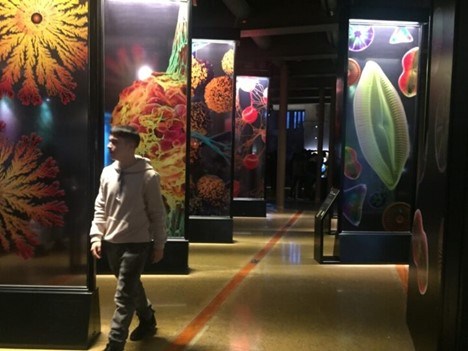
Loyo, an Endangered Edible Fungus
In Chile, the loyo (Boletus loyo Phil) is an emblematic case because it is threatened with extinction. It is an endemic species linked to certain regions with limited distribution.
“It is an edible species associated with a culture of collection by indigenous peoples. It is an ancestral species that has been consumed by Mapuche communities,” revealed Torres.
The loyo is associated with the roots of native trees such as oaks, coigues (Mapudungun koywe, a type of oak native to southern Chile and northern Argentina), and raulís (Nothofagus dombeyi, from the family Fagaceae, native to the southern hemisphere) and is present in increasingly threatened ancient forests.
“This species is an example of its relationship with current and ancestral communities as well as its relationship with the environment. It is serious that a species of this caliber is threatened by deforestation,” pointed out Torres.
The loyo needs an ancient, millenary native forest for its development because it does not grow in native forests of five, 10, or 50 years.
This fungus is currently on Chile’s red list due to its danger of extinction and is globally categorized as a vulnerable species.
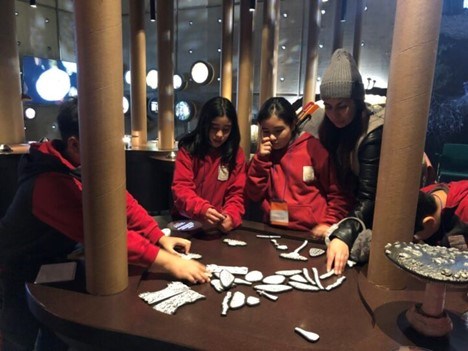
Educating New Generations
Torres emphasizes the need to educate new generations about the ecological roles and daily interactions we have with fungi, which are often not covered in schools.
For this reason, she promoted an agreement to create a fungi room in 2022 at the Museo Interactivo Mirador, located in southern Santiago and visited by tens of thousands of students each year.
In this space, everyone can access knowledge about the fungal kingdom and its significant role in human life, preventing this knowledge from being restricted to a privileged group.
The aim is to increase awareness of the contributions and risks facing fungi, and to explain, for example, that only a minority are cultivable and edible.
Like plants, there are fungi species that can be cultivated, but the vast majority cannot be transplanted from one place to another or replicate the ecosystems that allow them to grow.





